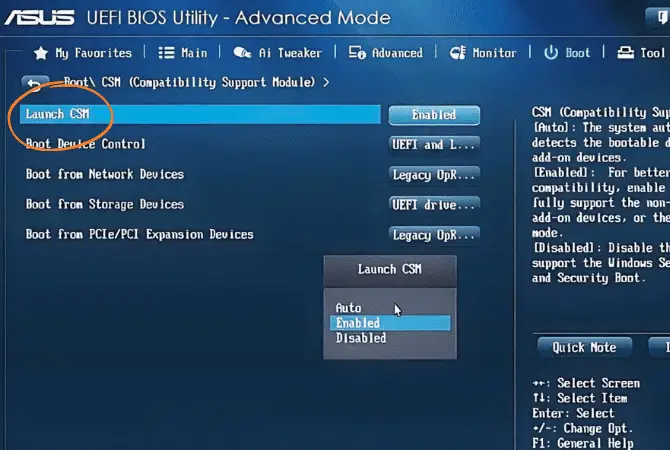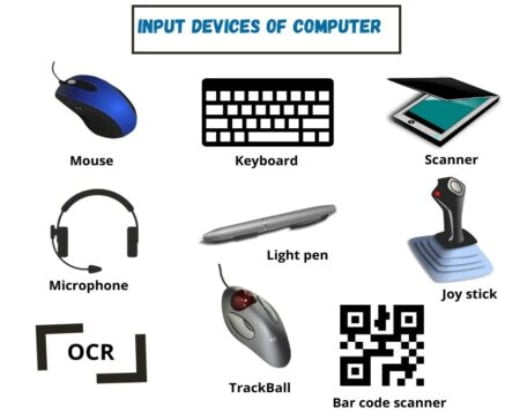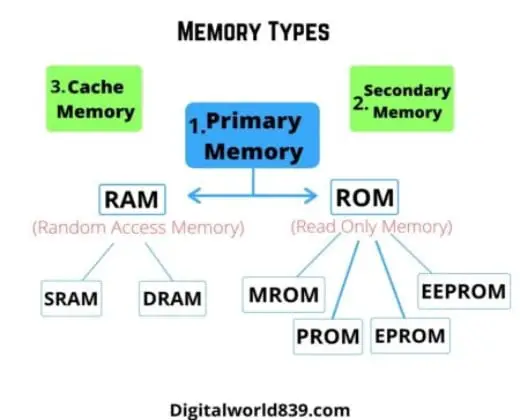As far as monitors have progressed, it has been in the technology and capabilities of the panels , improving image quality, avoiding problems such as ghosting and gradually making higher resolutions and refresh rates affordable, with some models reaching values of 240 or even 320, but what exactly is the refresh rate and how does it affect the use of the computer?
It’s essential to understand how monitor hertz works and why they are important for gaming or other activities requiring high performance visuals.
In this article, we will discuss what monitor hertz is and how it affects the viewing experience on for gaming or other activities requiring high performance visuals.
Monitor Hertz – Meaning
The refresh rate refers to how fast the screen updates its content per second , which is measured in Hertz , or what is the same, the number of times the screen content can change (cycles) every second.
A high refresh rate will mean that our monitor will change the image more quickly , giving a greater sensation of fluidity, but there is debate is whether it is worth buying a monitor with many hertz like 300Hz or more, since it may not be noticeable to the human eye.
What Impact does having a Monitor with more Hz mean?
As we have already said, the hertz is a characteristic that is related to the monitors , more specifically to its display panel’s ability to display images differently based on the number of hertz and the type of content being displayed – for example, a video game will look different than a text document.
There are monitors with a wide range of refresh rates, with 60 Hz being the most common in most and older models. However, some monitors have higher rates like 120 Hz, 144 Hz, 240 Hz, and even above 300 Hz. So we can ask ourselves:
What difference will we see between some values and others? Well, as we have commented previously, it will depend on the use we give to the monitor:
In “Gaming” the difference is much noticeable, mainly because the more hertz we have on the monitor, it can display more images, which makes the graphics card’s generated image look smoother. This is especially noticeable in games with sudden movements and lots of action, as it makes fast movements look more realistic and detailed, and can make a difference when aiming or reacting to enemies.
Although it’s important to keep in mind that a computer must be capable of at least generating the same amount of frames per second as the monitor’s refresh rate in order to take full advantage of high refresh rates.
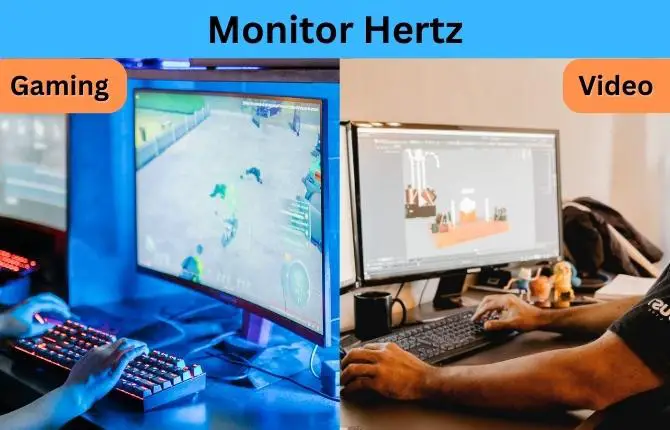
On the other hand we use the monitor for office work, we won’t notice the extra hertz as much because there won’t be rapid movements. The only difference we might notice is smoother scrolling and mouse movements through the web pages.
However, if we use the monitor for watching videos, we’ll only notice a difference in hertz if we’re playing a video with a high frame rate, which is uncommon. Like Netflix, and YouTube, prioritize video resolution and quality over high frame rates.
The Relationship between FPS and Hz
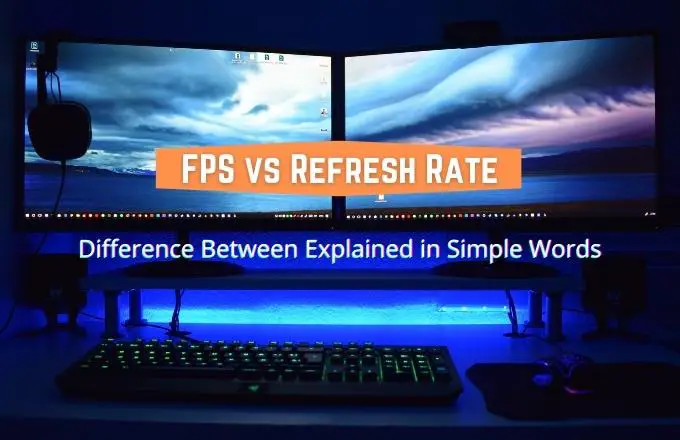
The relationship between hertz and frames per second is one of the keys that we have to understand to better know how they influence monitors and the user experience in general, since as we introduced previously, it’s a direct relationship – FPS refers to the number of frames generated by the computer and hertz refers to the number of frames displayed on the screen.
One should aim for the FPS and HZ of our monitor to have a 1:1 ratio in order to make the most of the power that our computer can offer us. But that will not always be the case, as FPS may vary and sometimes fall below the monitor’s refresh rate, or the computer may generate more FPS than the screen’s refresh rate, causing us to waste performance.
To solve this problem, technologies were developed to communicate between monitors and GPU. This helps them agree on the number of frames to generate and display, which prevents performance loss and at the same time if performance does not reach the maximum frequency refresh reduce the number of hertz of the screen to show the FPS that come out of the graph.
In addition to all this, they will also fix graphic problems that may come from image desynchronization such as tearing or flickering, thus improving the gaming experience at all levels of refresh rate.
Variable Hz Technologies
There are several technologies for frame synchronization that align the graphics output with the refresh rate of our computer, the most veteran and well-known ones are developed by the graphics card manufacturers themselves, namely Freesync for AMD and G-Sync for NVIDIA.
Over the years, these technologies have gone through development. Initially, they were limited to specific brand cards, over time they opened up, allowing NVIDIA users to use Freesync on compatible monitors from the GTX 1000 series graphics. This is because AMD’s technology was more popular than NVIDIA’s G-Sync, which is relatively expensive to implement in monitors.
As a result, Freesync is supported by most products on the market across various ranges. In addition, these technologies have undergone several updates, with Freesync having a version 2.0 and several levels depending on its characteristics.
In addition to these technologies, there are other free options like VESA’s Adaptive Sync or HDMI’s VRR that can achieve similar results. However, it’s important to note that not all monitors will be compatible with every graphics card due to differences in brand, technology, and port/version. Therefore, it’s crucial to verify compatibility before attempting to use these features.
Only Need a monitor with many Hz
We know, when discussing Hertz and monitors, it usually refers to its refresh rate , which is related to the frames that our computer sends according to the synchronization technology that we use.
Therefore, although it is necessary to have a good monitor with many hertz, it will also be necessary to have a good computer with a corresponding power to generate the frames that will be displayed.
This can be achieved with modern processors and powerful graphics cards like the AMD and NVIDIA RTX 30 or 40 series, which include technologies such as DLSS and FSR which increase the performance of the card graphics u, which is especially useful if we want to play not only at many hertz but also at many pixels.

